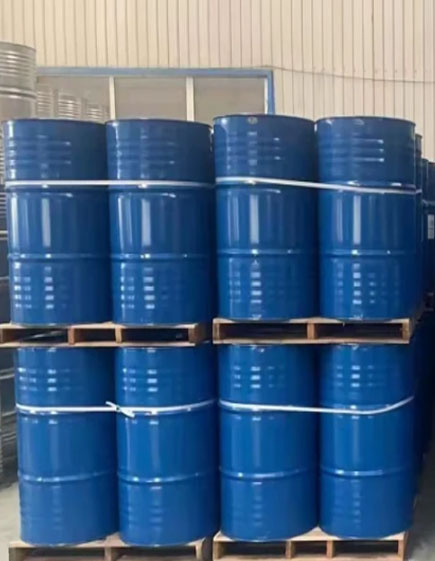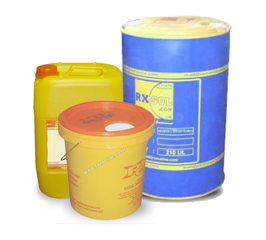Alphabets Search
Product Search
Categories
- --None--
- Agriculture-94
- Air Lines-36
- Asphalt Release / Products-90
- Automobiles-41
- Ballast Tank Chem-23
- Boiler Chemicals-42
- Carbon Coal Charcoal-26
- Clean Air deodorizer-24
- Construction Chem-67
- Coolant Glycol Antifreeze-27
- Cooling Water Chemical-43
- Corrosion Inhibitor-44
- Deck cabin galley Maintenance-25
- Degreaser-10
- Detergent & Soap-12
- Drain Clean Products-29
- Drilling Fluids & Mud Oil Field chemicals-81
- Electrical Cleaner-30
- Engine room Maintenance-16
- Evaporator Treat-51
- Floor Care ( Polish / Cleaner ) -13
- Foundry Ind Chemicals-54
- Fuel Treatment-70
- Gasses-66
- GREASES-92
- Hand Wash / Personal care-14
- Hold Solution-22
- House / HOTEL & CATERING-15
- Lab Chemical-60
- Lab Equipment-61
- Laundry Chemicals-26
- Leather Chem-96
- Medicine-95
- Metal Treatment-68
- Oil Spill Chem & Accessory -17
- Paint and Cleaning solvent-18
- Passivation-38
- Power Plant / Heavy Industries-37
- Pump & Accessory-21
- Radiator and AC coil cleaner-39
- Railway Maintenance-35
- Raw Chemicals-19
- RIGS Oil Field-34
- RO Chemicals-33
- Rubber Chemicals-93
- Rust Clean & Protect-28
- Safety Item-64
- Scale Remover-11
- Sewage Chemicals Treatment-40
- Stains Indicator Reagents-69
- Swimming Pool & Spa-31
- Tank Cleaner-20
- Test Kit For Water-62
- Textiles / Looms-91
- Wall Wash Test Kit-63
- Water Filter, Vessel, Softner, Accessory-32
- Water Treatment-40
- Wrench & Tools-65
Oxygen Gas Cylinder
High Pressure Seamless steel cylinder
1.00No
Product Description
Product Technical bulletin
Description
In combination with Acetylene (C2H2), Oxygen (O2) is used for gas cutting and welding.
Features
- Colourless, odourless and tasteless
- It is approximately 1.1 times heavier than air
- Oxygen itself is non-flammable, but it supports combustion
- It can cause fire or explosion in combustible materials
Benefits
- For your safety, the product is delivered in a Unitor cylinder complete with barcode and unique cylinder serial number.
- We trace and track all cylinders using the UniTrak system to give you peace of mind
Oxygen O2 supports combustion. Oxygen itself is non-flammable but it supports combustion. It can cause fire or explosion in combustable materials. Avoid that oxygen comes in contact grease,fat and oil. Never use oxygen as substitute for compressed air.
For oxygen the following is valid:
1 nm3 = 1.311 kg
1 kg = 0.763 nm3
1 bar = 14.5 psi
1 nm3 = 35.3 ft3
1 kg = 2.2 lbs
The gas capacity of a cylinder can calculated in two different ways. The most simple method is the water capacity of the cylinder (in litres) multipled by the actual pressure (in bar); the result is the capacity in litres. Although a simple method it is not the most accurate method. A better but much more complex method will give a more accurate value for the gas capacity; it will take the compressability of the gas at both 1 bar and at the actual pressure in consideration and all based on 15 degrees C. The result is often quoted as normal litres or normal cubic metres (nm3). For oxygen the more accurate method will give a slightly higher value as compared to the simple method (6.4 m3 versus 6 nm3)
Product label

Request for Quote and Get Heavy Discount on Price

